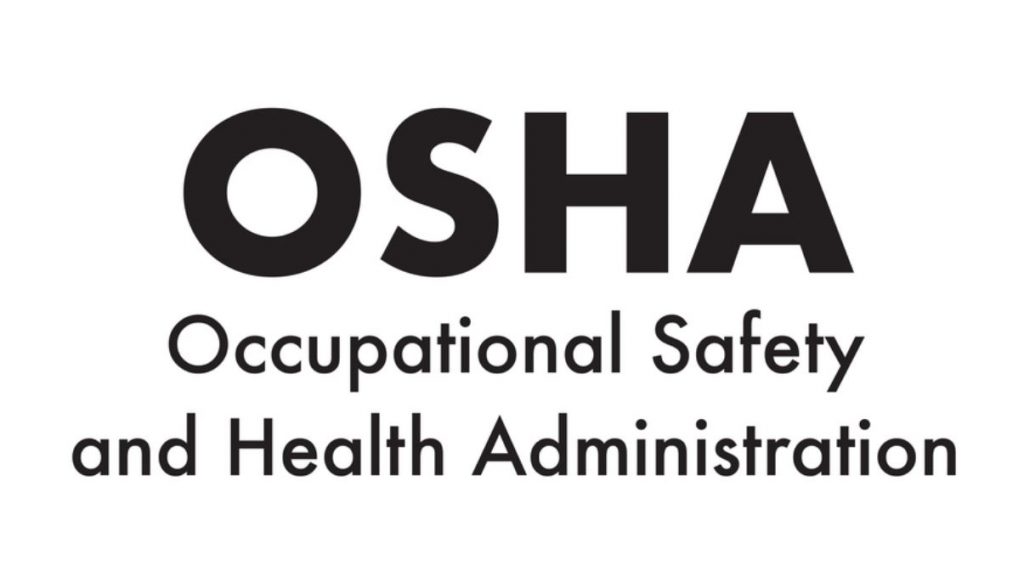Whether you have a big or small business, ensuring the safety of your commercial building is of utmost priority. Having a proper fire safety and emergency plan in place is crucial. And one vital element of a comprehensive safety system is proper emergency lighting installation, placement, and maintenance.
The most effective approach to crisis prevention is preparation. Having safety measures in place will result in favorable results and ideal reactions from the people involved. There are numerous factors involved in getting your commercial structure up to code.
Reliable emergency lighting systems ensure that you won’t have to concern yourself with the consequences of lighting errors and failures.
Emergency Lighting System
An effective emergency lighting system has two components: exit signs and emergency lights. Exit signs can be self-illuminating or can glow in the dark; either way, they must be correctly placed throughout the building.
Emergency lights, on the other hand, are part of the primary lighting system that has their separate controls. If the central electrical system is compromised during a fire or any catastrophic event, emergency lights should be able to function on their own from the main power system. If this is not the case, the lights can be connected to an emergency battery system.
Lit up signs can be a source of comfort in an emergency or stressful situation. Other benefits include:
Lessen Panic
In any emergencies, situations and things can get out of control rapidly. How people react can dictate how events will take place. Therefore, having safety protocols for any establishment is essential. For instance, during a fire, people need to have clear visuals of marked exit signs even through thick smoke.

Emergency lighting equipment such as battery-powered exit signs, remote headlamps, and other necessary devices will keep people aware, lowering chaos and panic, and bringing order and calm to uncertain and confusing situations.
Be Up to Code
Business and property owners and managers have the responsibility to keep their establishment safe by following the city, state, and federal rules and regulations. According to necessary federal regulations, exit signs must be at least two inches wide and six inches tall with constant illumination.
Disregarding commercial emergency lighting is irresponsible and negligent. There are also high fiscal punishments when buildings are not up to code. Moreover, a business structure not meeting the required regulations can be shut down, which can cause a number of adverse outcomes.
As a commercial property owner, you wouldn’t want to let your tenants go because of a mistake of not staying up to code.
Emergency Personnel Assistance
Exit signs with emergency lights will be of immense help to emergency personnel and first responders in finding their way through the building. Also, lit up signs help make sure that everyone can evacuate the building quickly and effectively.
Save Money
The cheapest options don’t always give you the best value. If you opt for cheap lighting, it tends to be replaced more often than necessary, on top of labor and installation costs. Think of the big picture when it comes to installing emergency lights.
As the adage goes, it’s better to do something right the first time. Aside from replacement fees, poor lighting can result in fines from state agencies and even lawsuits from those who are affected by lack of necessary emergency lighting.
On top of all that, you will have a tarnished reputation within your community.
Better Aesthetics
While function over style should be prioritized when it comes to emergency lights, today’s fixtures come in an assortment of sleek designs that contribute to improved aesthetics.
When people see the effort you put into installing the latest in lighting technology, it will reflect positively on your company. As a business owner, every minor detail makes a difference, and your lighting setup should not be forgotten.
Regular Inspection

Just like with fire extinguishers and other fire safety equipment, emergency lights are subject to regular inspection by your local safety inspector.
The Occupational Safety and Health Administration (OSHA) and National Fire Protection Association (NFPA) have implemented NFPA 101 – Life Safety Code and OSHA Code of Federal Regulations:
- Adequate illumination for all exits
- Proper continuous maintenance of exit lights to ensure competent operating conditions
- Monthly inspection of all emergency and exit lights
- Annual test of all emergency and exit lights